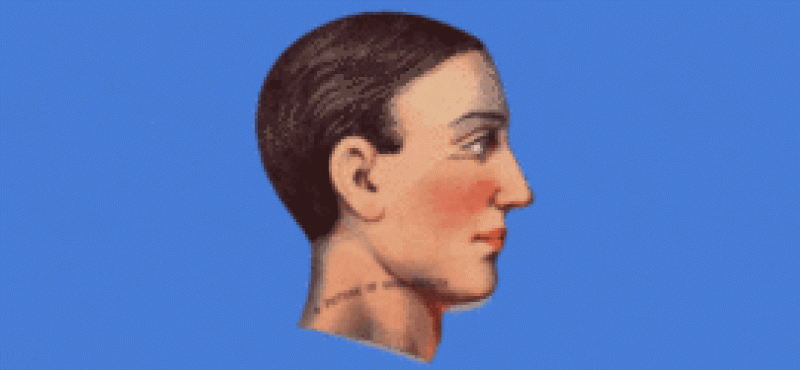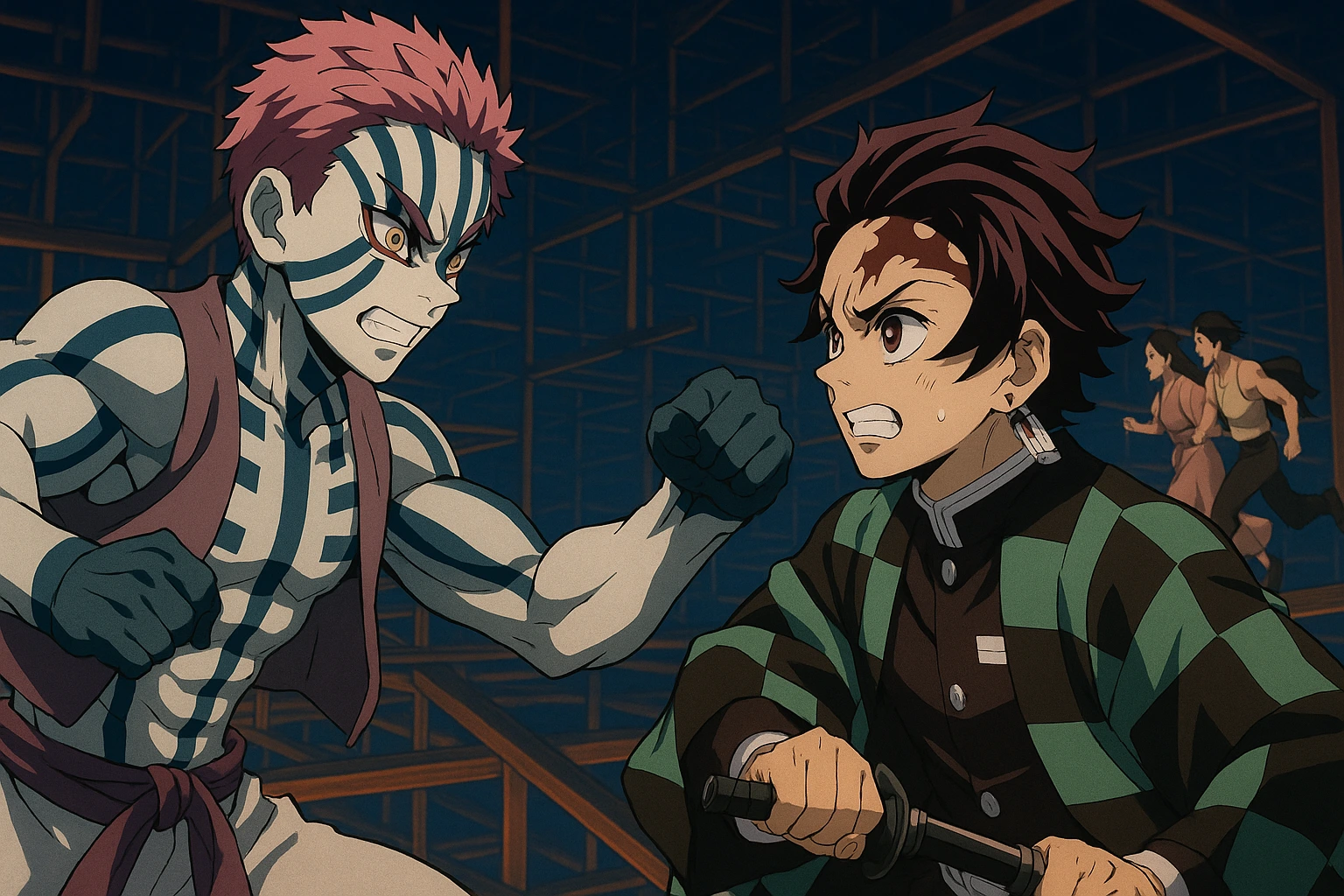Medical science has always been considered one of the most theoretical and difficult-to-comprehend subjects. As more information about the human body is discovered, there is an intensifying need to convey these discoveries innovatively. It is, therefore, essential to share this information in a way that can be interpreted by students and the general public alike.
The best way to do this is via 3D medical animations. In today’s world, visual stories have a more extensive appeal. 90% of the information is passed on to the brain via graphical images. They can help interpret and convey an idea without it being lost in a void of confusing terminology.
An eloquent and decisive animation can be a memorable way to explain topics. 3D medical animations can be used to describe processes on a molecular and organ level, illustrate the function of medical devices, and highlight unique molecular features of the body.
THE DIFFERENT TYPES OF MEDICAL ANIMATIONS
Depending on your topic and target audience, there are various types of animation in medicine, with two being the most viewed.
3D SCIENTIFIC ANIMATIONS
Explaining complex 3D scientific animations has been made easier with high-quality medical 3D animations. Science can be difficult to envisage, but with the help of a medical 3D animation company, you can get creative videos that beautifully explain the most simple to complicated pointers.
Now imagine you want to learn how life started in a womb. You are given the option between a ten paged document and a 45-second video. Which one would you prefer?
Watching scientific 3d animations to understand scientific processes not only fuels your imagination but also saves time. Moreover, it can help students perceive concepts with the most minute details.
SURGERY ANIMATIONS
Used by medical institutes, surgical animations can help provide proper training to the students. These 3D animations give detailed information about the steps that’ll take place in the surgery in a real-life environment. This includes anatomical animations as well as medical device animations.
Moreover, these animations can also be used to educate patients about the procedure they will undergo by displaying an animated medical process.
#1 THE PRE- PRODUCTION STAGE OF CREATING A MEDICAL ANIMATION

In case the medical animation is created for a client, a pre-production phase where the 3d medical animation company and client discuss their ideas is imperative. This is required so that the entire team, including the client, is brought on the same page regarding the medical animation idea.
This phase’s goal is to ensure that the client’s goals are clearly communicated and noted so that the animators can follow them. Making sure that the animators understand what is expected from the final product is very important to ensure that the post-production changes are minimal.
#2 THE STORYBOARDING STAGE
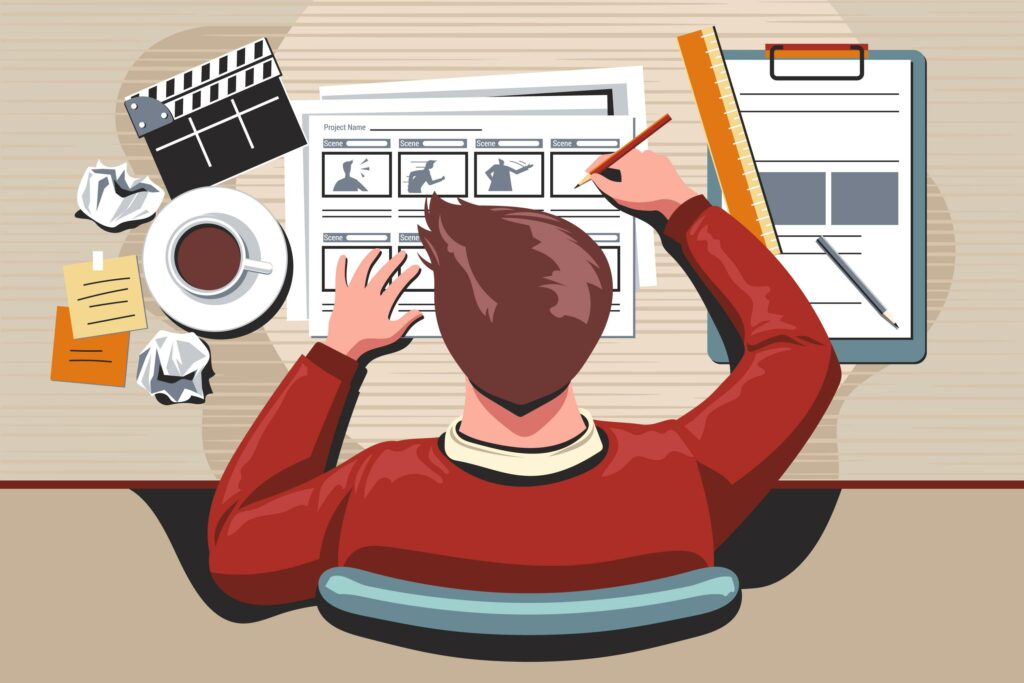
STEPS TO STORYBOARD A MEDICAL ANIMATION
Storyboarding itself contains an array of steps. As the first phase in the production phase, this stage forms the base of the overall product; therefore, it is vital to ensure that it is perfect. Here are the steps that take place during this stage:- Creating the Script: The script of the animation explains each detail of what will happen in every single scene. In addition, it will also specify the subtitling and title texts required, which will clarify what is happening.
- Sketching Out the Scenes: Next, the storyboard artist(s) will sketch out the scenes of the animation based on the script provided. These rough sketches will include details about all the imperative components like color, composition, proportion, etc.
- Review: Finally, the storyboard is sent back to the client for approval before the actual production of the animation is kicked off.
ELEMENTS OF A STORYBOARD
A thorough storyboard contains some detailed elements which can help avoid significant changes to the animation in the other process. These elements can be mixed and matched here to ensure a seamless, error-free production phase.- Color Palette: Usually, biomedical animations certify that the colors are kept as realistic as possible while ensuring enough contrast to make the different subjects distinguishable from each other.
- Proportions: Appropriate proportions are essential to ensure accuracy in terms of anatomy and make sure that anyone viewing the animation is able to discern between the sizes of the subjects.
- Action: Medical animators are required to ensure that any action depicted in the animation is smooth and seamless. The actions must also be in a proper sequence as specified by the scriptwriter.
#3 3D MODELING
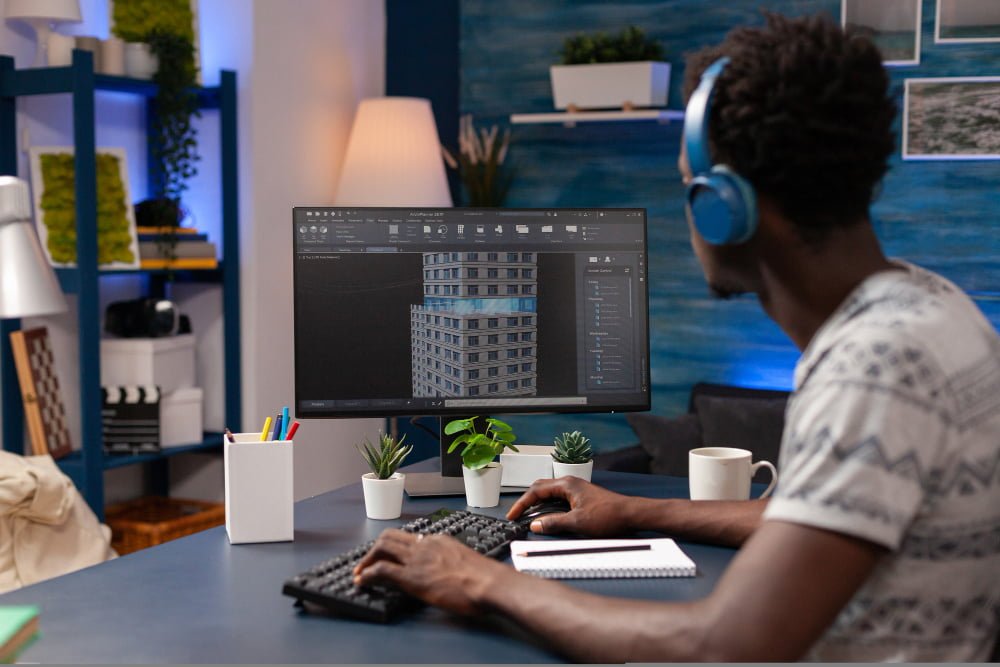
When the elements have been laid out in the manner of a storyboard, 3D modelers can get to work. This is the stage where the flat 2D illustrations are converted into vivid 3D models, which are proper representations of their real-life anatomical counterparts.
3D models are created in a virtual space where points act as a skeleton for the 3D object. Once this baseline surface is made, 2D textures are rendered onto the 3D model.
There are two forms of creating 3D objects when it comes to high quality medical animation videos:
- 3D Sculpting: 3D sculpting can be accomplished by digital clay manipulation into objects. However, this process is usually less precise as compared to 3D modeling softwares but is organic, nonetheless.
- 3D Modeling: 3D modeling is possible with softwares and a good modeler who has a robust set of digital art skills. This mode of modeling is very precise but is also very time-consuming.
#4 TEXTURING
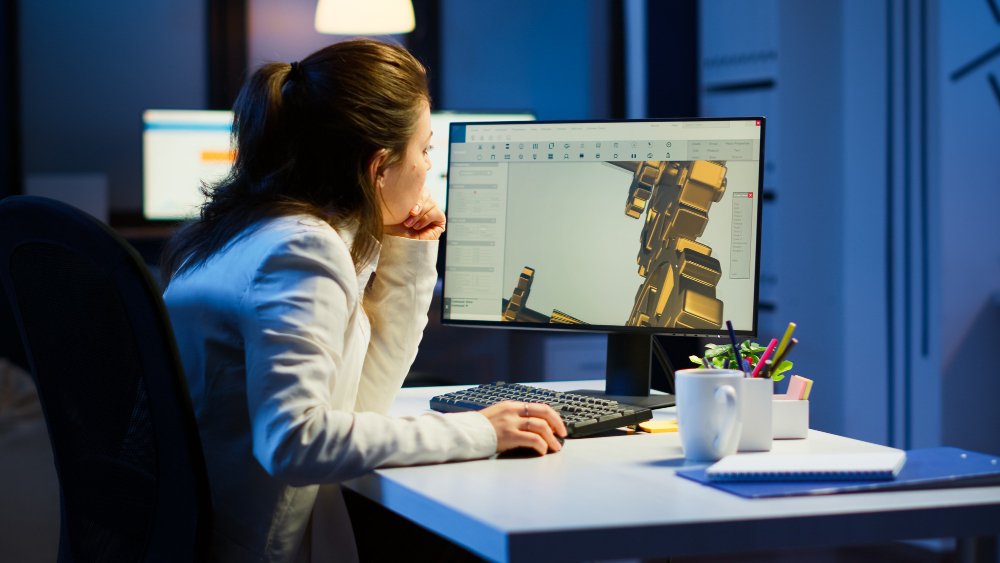
The most crucial stage when it comes to realism is the texturing stage. This process will help bring verisimilitude to the model as well as the environment. Texturing may involve painting a model from scratch, blending or tiling existing textures or sections of surfaces onto the 3D model, or utilizing generated materials included with animation software.
The procedural materials can be programmed by using a slider or a specific value to induce changes in noise, color, ratio, contrast, and so on.
#5 RENDERING
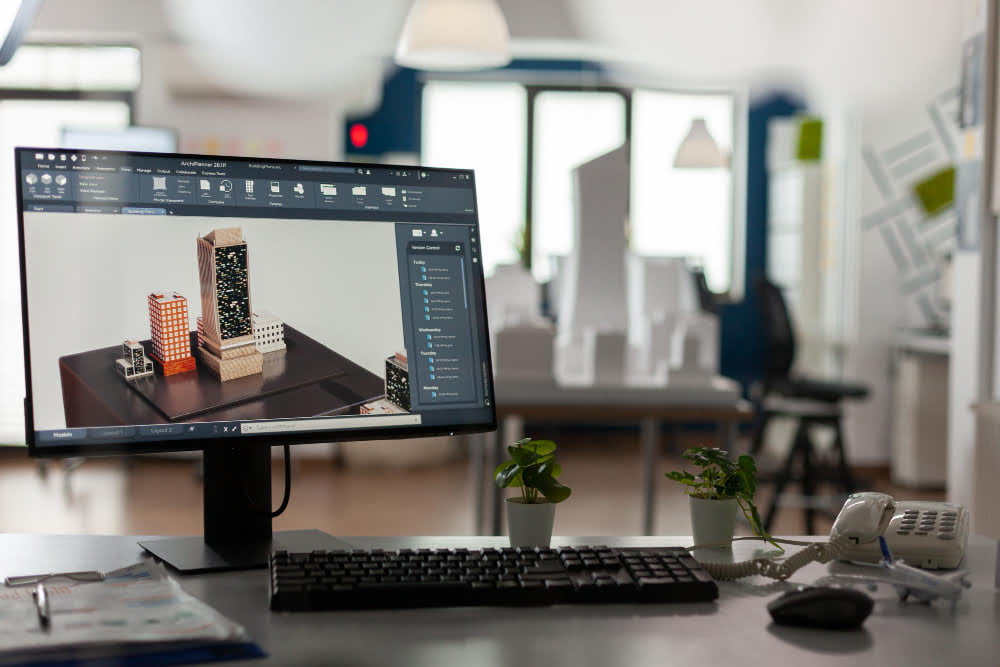
Rendering refers to the process of placing each of the scenes and pieces of the animation in a series of individual, sequential frames in a 2D timeline. Rendering is also an essential step in the medical animation process that provides the animated items their final look in the film.
The goal of rendering is to produce a series of animation frames that can subsequently be assembled into a motion video.
Individual animation components are often rendered over a static transparent backdrop so that they can be stacked together in a final background design.
#6 COMPOSTING
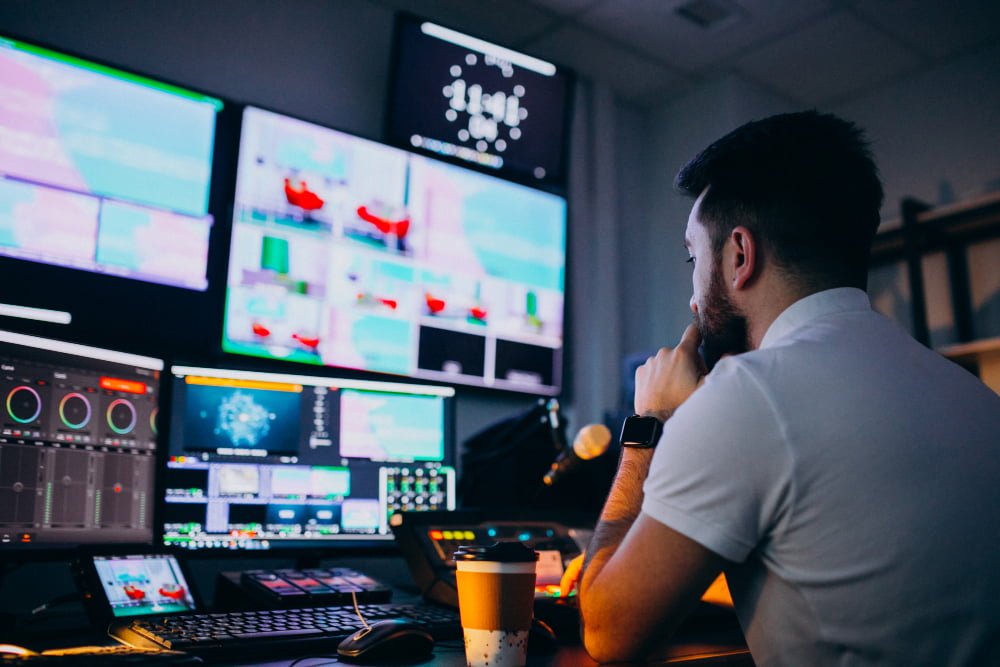
Compositing a high end medical animation is the final step in generating the video and is also the first stage in post-production. Compositing an animation involves meshing the various frames of the animation as well as the 2D layers to make a coherent whole.
The composting process varies widely from project to project, with some animations requiring only minor tweaks throughout the composition phase and others necessitating hours of tinkering with visual qualities such as saturation, contrast, and depth of focus.
IMPORTANCE OF MEDICAL ANIMATIONS
Scientific and medical animations are adaptable animations that may be used to teach ideas to patients, promote pharmaceuticals to medical professionals, persuade investors to invest in medical equipment, or train new doctors. Read on to learn how to use a 3D medical animation videos in various ways.
COMMUNICATING WITH PATIENTS

3D medical animation is an excellent technique to improve patient communication. Such animations can transmit information to patients even before they meet with the doctor.
Hospitals may assist patients in comprehending their medical illnesses, the medications they will need to take, and the operations they will need to undergo by uploading an amazing 3D medical animation to their website. Patients will feel more prepared even before they meet with the doctor.
Since people may not have vast medical backgrounds, an animation will help them grasp a medical scenario, ailment, or procedure.
EDUCATING STUDENTS

3D medical animations are crucial in the education and training of future medical professionals. 3D medical animation may be used to teach medical students about the anatomy of the human body, the processes that occur in the human body, and the consequences of sickness on a person.
The animations may also be used to illustrate the mechanism of medicine and its effect on the human body so that medical students understand how a particular prescription works.
Medical students will be able to witness how an operation is conducted or how a specific medical instrument is to be utilized in detail.
ANIMATIONS FOR MARKETING

Marketing in the medical profession is fraught with difficulties. However, the material that must be delivered may be pretty technical and dry sometimes, making it difficult to keep audiences’ attention. Investors and patients may lack the technical understanding to comprehend a particular medical condition or procedure. On the other side, physicians and other medical professionals are extremely busy, making it challenging to produce effective presentations. 3D medical animation can assist in resolving such issues.
Medical animation is often used by pharmaceutical and medical businesses to promote medications to patients. According to research, while purchasing drugs, patients frequently consider animated characters.

